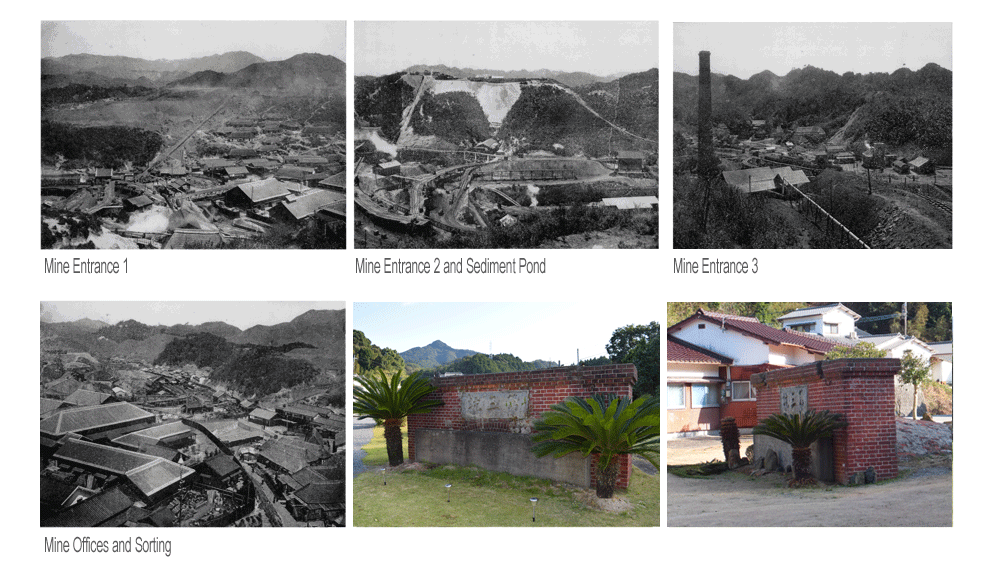HOME > Time Slip

Believed to have been built in the early Kamakura period (The main building
was constructed in the middle Muromachi period), this castle is an important
example of medieval Japanese castle architecture. Though 400 years have
passed since Lord Hata's fall, this structure is a memorial to the sea
power of the Matsuura Clan.
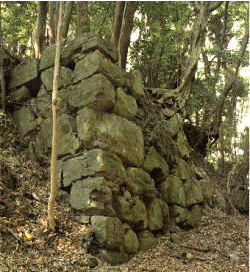
The ruins of Hata Castle extend over a swath of land in the mountains near
Hata Hachiman Shrine, in Hieda. During the Warring States period, the ruler
of the Matsuura Region, Lord Hata, used this castle.
Unlike Kishidake castle, Hata castle was constructed of earth, not stone, and was defended by a large earthwork bulwark, moat, and Kirigishi (a man made cliff structure). It is thought that Lord Hata's retainers lived around this castle. Place names around Hieda such as Teppomachi, Monnomai, and Babaato suggest a community, including craftsmen and merchants resided here.
Excavations show evidence of 2 major repairs to the fortifications of the castle, and soil containing carbon and charred ceramic fragments indicate a time that Hata castle was swept up in the conflicts of the region.
From throughout the Hata castle ruins, ceramic shards, most of which date to the late 14th to middle 15th centuries, and latter half of the 16th century, indicating strongly that Hata castle was active for between 100 and 200 years.
Unlike Kishidake castle, Hata castle was constructed of earth, not stone, and was defended by a large earthwork bulwark, moat, and Kirigishi (a man made cliff structure). It is thought that Lord Hata's retainers lived around this castle. Place names around Hieda such as Teppomachi, Monnomai, and Babaato suggest a community, including craftsmen and merchants resided here.
Excavations show evidence of 2 major repairs to the fortifications of the castle, and soil containing carbon and charred ceramic fragments indicate a time that Hata castle was swept up in the conflicts of the region.
From throughout the Hata castle ruins, ceramic shards, most of which date to the late 14th to middle 15th centuries, and latter half of the 16th century, indicating strongly that Hata castle was active for between 100 and 200 years.
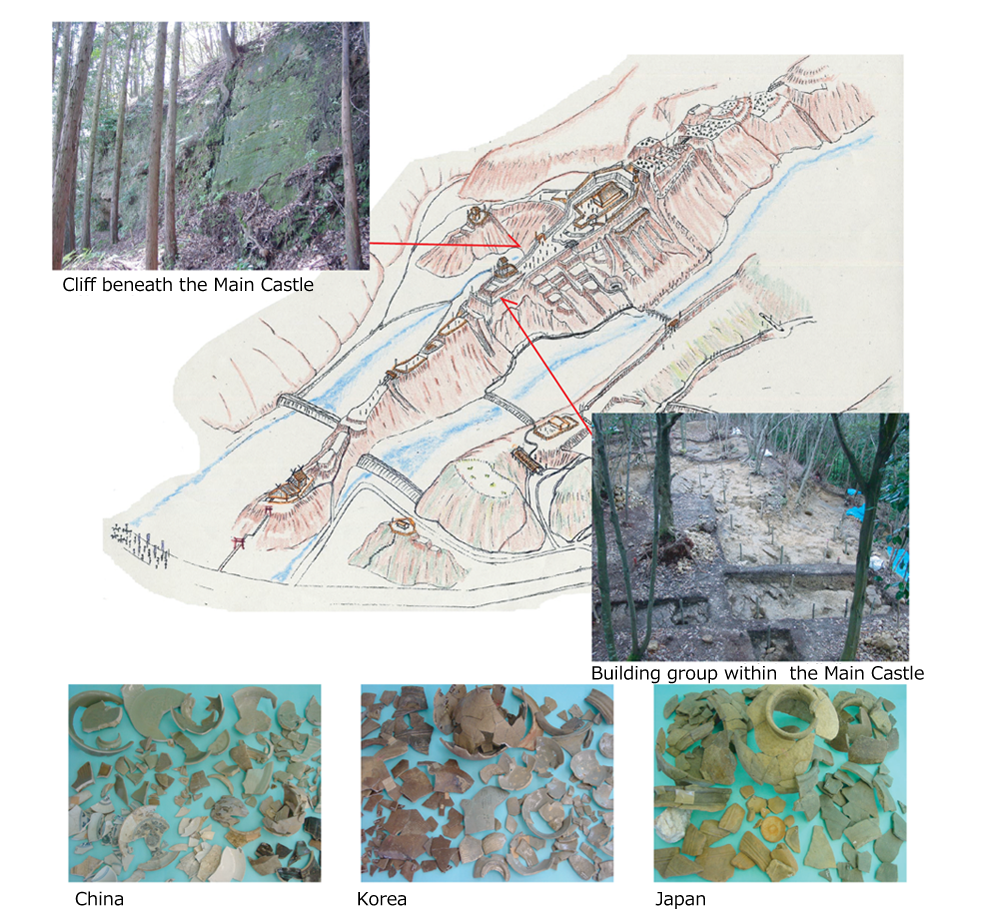
Kitahata was at the center of the Uwa Matsuura Clan's domain, led by Lord Hata. At one point the domain even extended to Iki Island, however with the construction of Karatsu castle and at the order of Toyotomi Hideyoshi, Lord Hata and the Uwa Matsuura Clan were relocated to Karatsu.
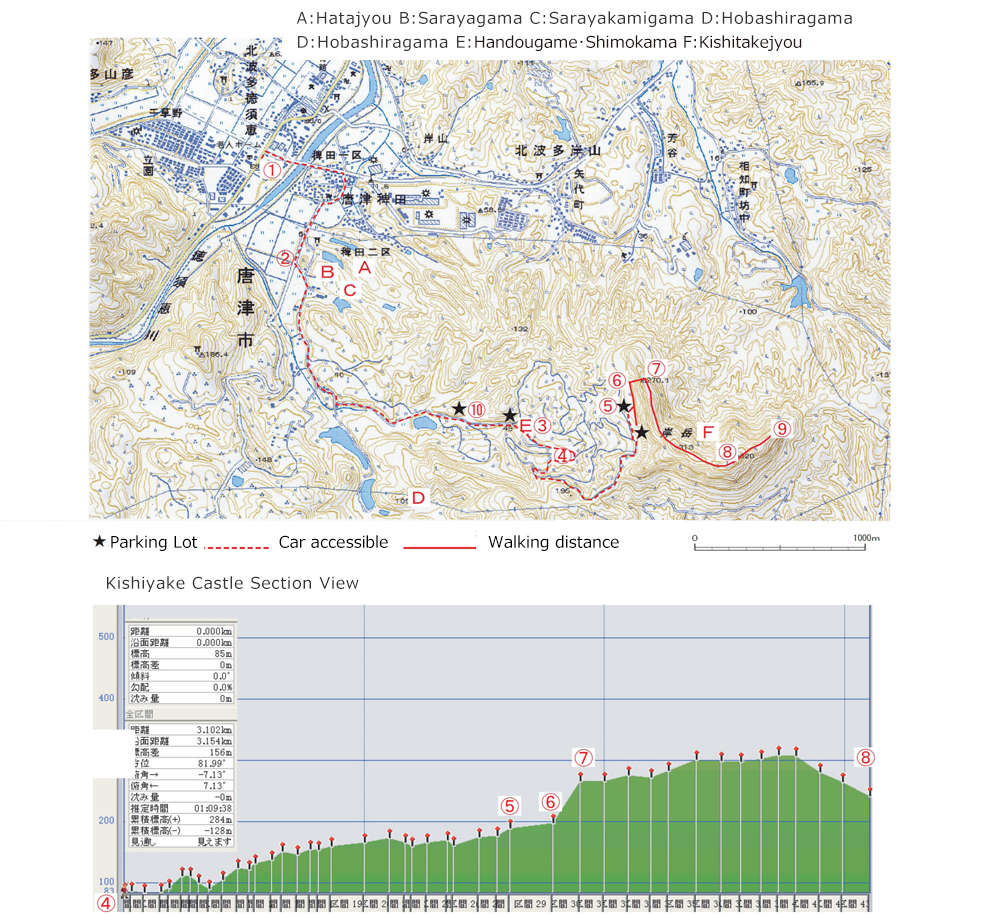
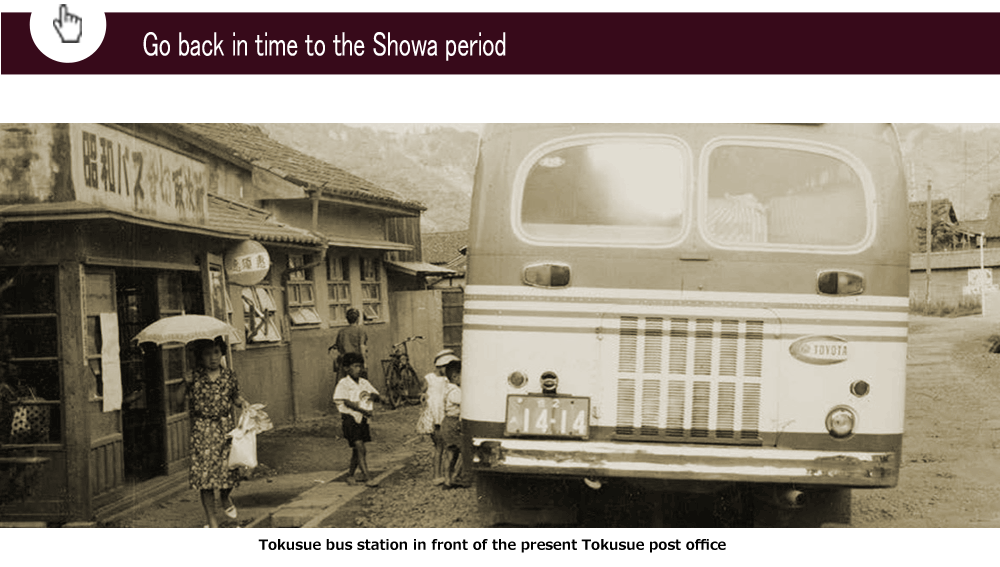
The Tokusue region in 1958 (right) and 1963 (top). With the development of the coal industry, the population exceeded 10,000 people. At its peak, there were stores, hospitals, day care centers, assembly halls, and leisure facilities, however the population decreased in later years, a consequence of the waning coal industry.

The coal industry was long at the center of industry in the Karatsu area. The Matsuura River / Kyuragi River region held a treasure trove of coal. The area sustained the energy needs of the country for hundreds of years, from the end of the Edo period to the middle of the Showa period.
It is said that coal was initially discovered by farmers in the Kyoho years (1716 – 1735) of the middle Edo period at Kishiyamaaza.
The Yoshitani Coal Mine, opened in 1885, was the largest mine in the area at the time, and boasted the best facilities and equipment. At its peak, it employed 2,000 workers and had its own hospitals, schools, theatres, and stores, and stimulated the entire region of Kitahata.
In 1920, the population of Kitahata exceeded 17,000 (Approximately 4,700 today).
The Yoshitani Coal Mine closed its doors in 1933. After the war, energy supplies shifted to oil, and the last of the Kitahata area coal mines closed in July of 1962.
It is said that coal was initially discovered by farmers in the Kyoho years (1716 – 1735) of the middle Edo period at Kishiyamaaza.
The Yoshitani Coal Mine, opened in 1885, was the largest mine in the area at the time, and boasted the best facilities and equipment. At its peak, it employed 2,000 workers and had its own hospitals, schools, theatres, and stores, and stimulated the entire region of Kitahata.
In 1920, the population of Kitahata exceeded 17,000 (Approximately 4,700 today).
The Yoshitani Coal Mine closed its doors in 1933. After the war, energy supplies shifted to oil, and the last of the Kitahata area coal mines closed in July of 1962.
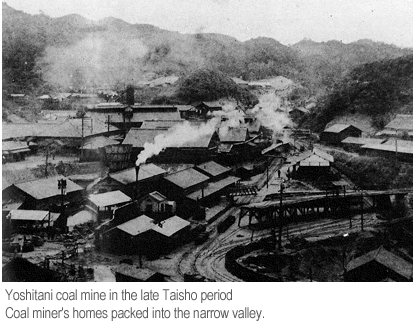
Mined coal was initially sent down the Matsuura River to Mashima by boat.
Later, due to large volume, the Kishidake rail line was built in 1912,
and ran between Yamamoto and Kishidake.
With the rise of the coal industry, visitors to the area increased, and on September 9, 1913, a passenger rail service was also established. The Kishidake line contributed greatly to the economic, cultural, and transportation development of Kitahata, however it was closed finally in 1971.
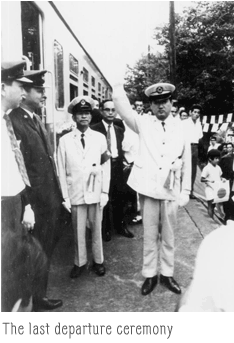
With the rise of the coal industry, visitors to the area increased, and on September 9, 1913, a passenger rail service was also established. The Kishidake line contributed greatly to the economic, cultural, and transportation development of Kitahata, however it was closed finally in 1971.

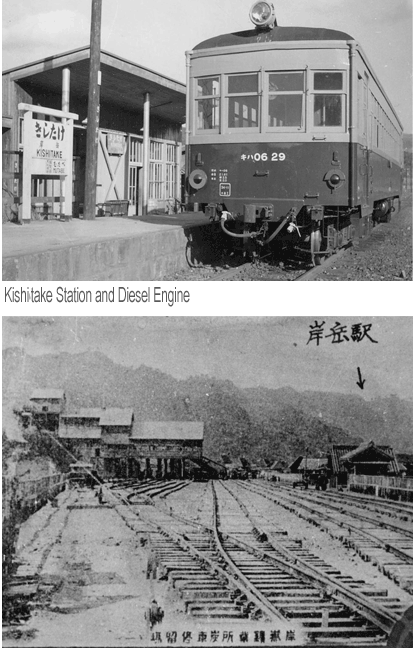
In 1885, to launch their coal business, Yoshitani Coal Mine brought in Takeuchi Tsuna and Takatori Koreyoshi, among others, for their expertise in modern technology.
Mine 3 was opened in 1906. Due to the quality of the coal and the Yoshitani name, it was purchased in 1911 by Mitsubishi Mining Co. In 1912, most of the remaining coal mines in the village merged with Yoshitani Coal Mine.
The coal industry thrived in Kitahata. However following the coal recession of 1923, it slowly declined, and finally ended completely in 1933.
The crumbling, red bricked tunnel entrances are now all that is left of the once flourishing coal industry of the Kishiyama / Yoshitani area.
The entrance of Mine 3 is designated as an important cultural property and features a monument.
Mine 3 was opened in 1906. Due to the quality of the coal and the Yoshitani name, it was purchased in 1911 by Mitsubishi Mining Co. In 1912, most of the remaining coal mines in the village merged with Yoshitani Coal Mine.
The coal industry thrived in Kitahata. However following the coal recession of 1923, it slowly declined, and finally ended completely in 1933.
The crumbling, red bricked tunnel entrances are now all that is left of the once flourishing coal industry of the Kishiyama / Yoshitani area.
The entrance of Mine 3 is designated as an important cultural property and features a monument.

